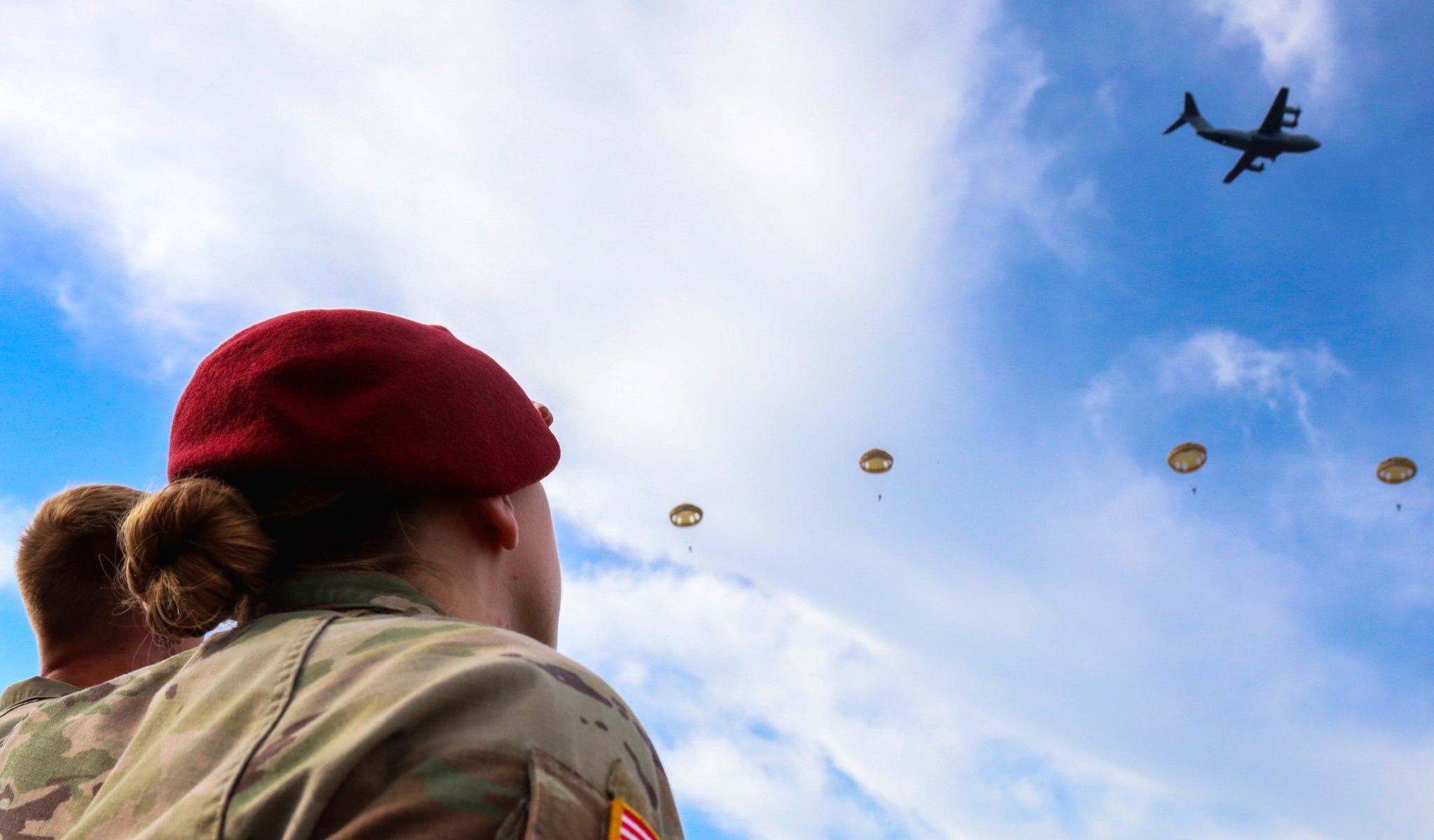
U.S. troops will be paid on Oct. 1 but would not receive a paycheck on Oct. 15 or after until the federal government reopens.
As of Wednesday morning, the U.S. government is shut down, and U.S. troops face the prospect of working without paychecks in the foreseeable future.
Here is what you need to know about reporting for duty, pay, benefits, and services available for those facing hardship.
Active Duty missions, pay, and PCS
All military bases in the U.S. and abroad are open for full duty for active-duty service members. The Pentagon has said that duties such as unit training and support of operational missions will be unaffected. However, troops should expect some disruption in jobs and tasks that are impacted by missing civilian personnel.
“While the government shutdown may impact some operations, essential services critical to readiness and safety remain available,” an Army spokesman said Wednesday.
Troops will still get paid on Wednesday, according to the Pentagon. The first paycheck that could be affected by the shutdown will be on Oct. 15. Most permanent change of station, or PCS moves are expected to be halted during the shutdown.
“Military personnel will continue in a normal duty status, without pay, until such time as a continuing resolution or appropriations are passed by Congress and signed into law,” the Defense Department announced on Wednesday. “Civilian personnel not engaged in excepted activities will be placed in a non-work, non-pay status.”
However, troops looking for information will need to look outside of official social media accounts, which are not being regularly updated.
 Social media accounts of military units, installations and the departments of defense and veterans affairs may not be regularly updated during the shutdown.
Social media accounts of military units, installations and the departments of defense and veterans affairs may not be regularly updated during the shutdown. Even though Congress has failed to fund the government, the Defense Department will continue to carry out military operations and certain other missions funded by any money that is still available, according to a planning document released by the Pentagon in September.
The document lists the U.S. military’s top priorities as operations on the U.S.-Mexico border, Middle East operations, the Golden Dome missile shield, depot maintenance, shipbuilding, and critical missions.
Recruiting, including the intake of new recruits at Military Entrance Processing Stations, or MEPS, will continue, as will emergency responses, and training and exercises needed to maintain readiness and carry out operations, the document says.
Military medical care and veteran benefits
Inpatient care at military medical treatment facilities will continue along with acute and emergency outpatient care at military medical and dental facilities, private sector care under TRICARE, and medical care for wounded warriors, including surgeries to continue recovery of function or appearance, the document says.
The Department of Veterans Affairs confirmed its medical facilities will remain open, including medical centers, outpatient clinics, and vet centers. VA benefits will continue to be processed and delivered, including compensation, GI Bill and housing benefits, the VA said.
Military retirees will continue to receive pension payments.
Burials at national cemeteries will also continue.
Family and on-base services
Department of Defense Education Activity schools will remain open, but after-school activities and sports may be paused during the shutdown, Chief Master Sgt. of the Air Force David Flosi posted on his official Facebook page.
Childcare services, including Child Development Centers, Before/After Care, and Youth Centers could also be disrupted due to the shutdown, Flosi wrote, advising airmen and their families to check with their local installations for more information.
Military OneSource, Spouse Education and Career Opportunities, and other support services will continue to operate, Flosi wrote.
Across all branches, on-base retail outlets will remain open. Navy Exchange posted on X that its stores will remain open, including Navy Lodges. Flosi confirmed on his Facebook post that Army & Air Force Exchange Service, or AAFES, retail outlets will stay open, including base exchanges, Express, convenience stores, gas stations, food courts, malls, and theaters.
A Marine Corps spokesperson confirmed to Task & Purpose that services will continue on Marine installations. Childcare programs and schools, commissaries and exchanges on Marine installations “will not be interrupted, though operations may be diminished,” said Maj. Jacoby Getty. “Essential services will remain available to our Marines, families, and residents. Personnel who provide health, safety, and emergency services will continue to work.”
Troops experiencing financial hardships
Some financial institutions that serve the military community have already released information about paycheck assistance. Navy Federal Credit Union said it will offer 0% APR loans to troops who may be affected by the shutdown, something it has done since 2011. USAA opened a “government shutdown program” page for customers that includes an offer of a no-interest loan of up to $6,000. The Army Emergency Relief organization also offered financial assistance, citing the potential Oct. 15 payday issue.
The Departments of the Air Force and Navy have both issued news releases with information about resources available to service members and civilians affected by the shutdown.
The Navy-Marine Corps Relief, or NMCRS, said that it would also be offering emergency financial aid for sailors and Marines facing hardships without a paycheck.
“The government shutdown could have a significant impact on active-duty Sailors, Marines and their families, and as we have for over 120 years, NMCRS is prepared to support those who protect our country,” said retired Navy Rear Adm. Dawn Cutler, the chief operations officer for NMCRS. “Military life presents a variety of unique challenges, and the loss of income from the shutdown can compound those challenges exponentially.”
Top Stories This Week
“Airmen and guardians experiencing financial difficulties should contact their chain of command,” a department of the Air Force spokesperson said.
“There will likely be other challenges and circumstances that arise, so please stay in close contact with your chain of command, especially if you’re experiencing any difficulties,” Flosi wrote. “Your leadership can only help if they’re aware of your situation.”
How long will the shutdown last?
Government shutdowns have varied widely in their length. Of the 10 since 1980, four lasted a day or less. Only three lasted longer than a week.
The longest shutdown in U.S. history lasted 35 days from December 2018 to January 2019, during Donald Trump’s first term as president. As that shutdown dragged on, the Coast Guard – which falls under the Department of Homeland Security – released a widely-mocked tip sheet that advised civilian employees to hold a garage sale, babysit, or walk dogs to get by.
When government funding lapsed in 2013, Congress passed a standalone bill to fund and continue pay and allowances for service members called the Pay Our Troops Act. In mid-September of this year, Rep. Jennifer Kiggans (R-Va.), introduced a similar bill. But in a sign of the gridlocked, partisan times, the effort failed to even make it out of the House, leaving troops without a pay carveout during the shutdown.
The Department of Veterans Affairs has issued a news release about which services will be affected by the shutdown and which will continue.
UPDATE: (11:50 a.m., October 2); Task & Purpose will continue to update this post with verified information and impacts on troops during the government shutdown.
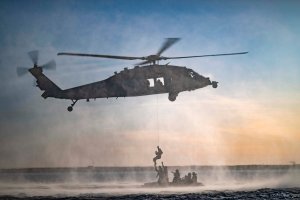
Task & Purpose Video
Each week on Tuesdays and Fridays our team will bring you analysis of military tech, tactics, and doctrine.

.jpeg)
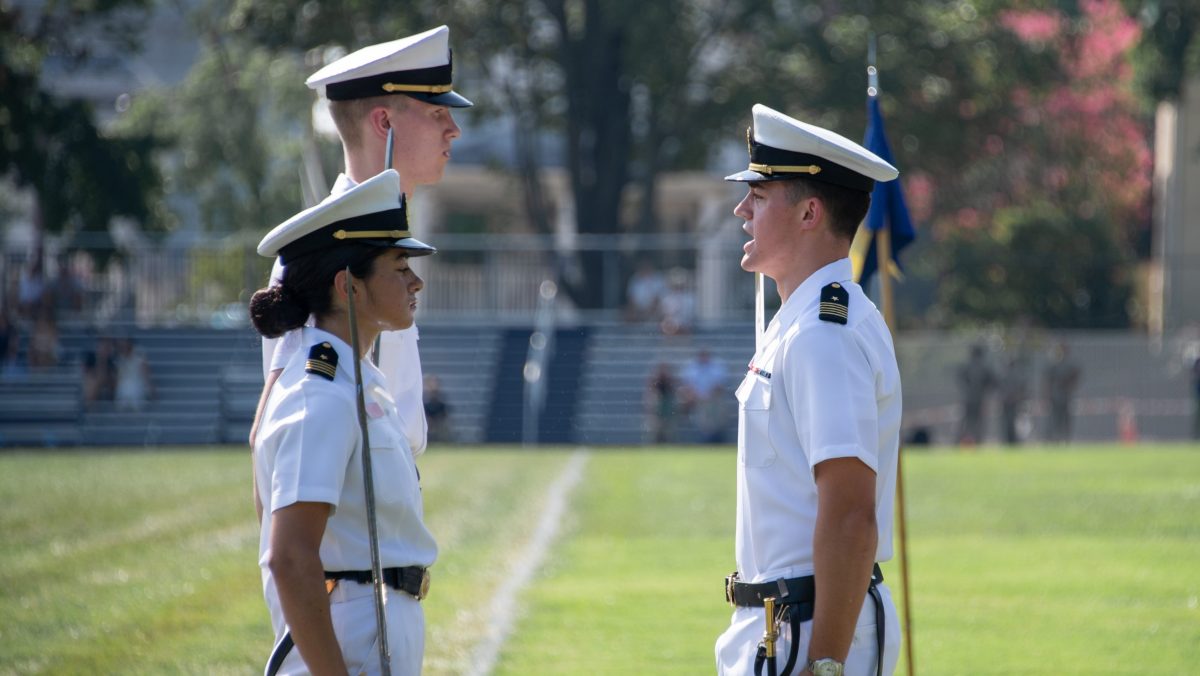

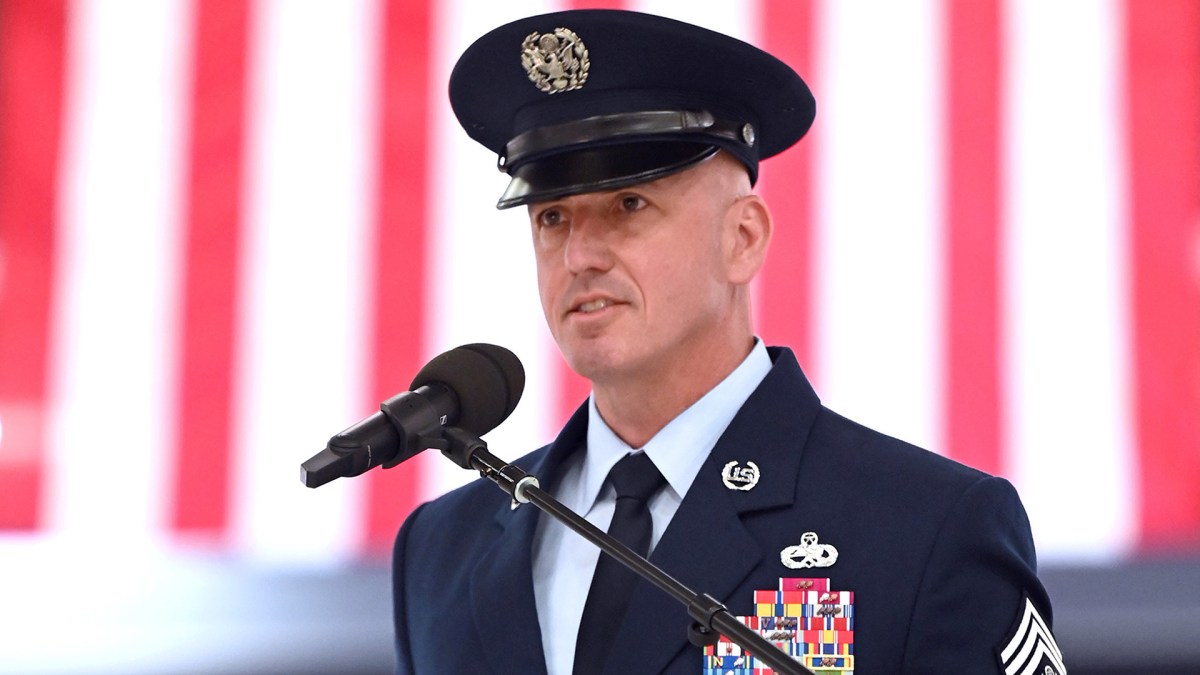
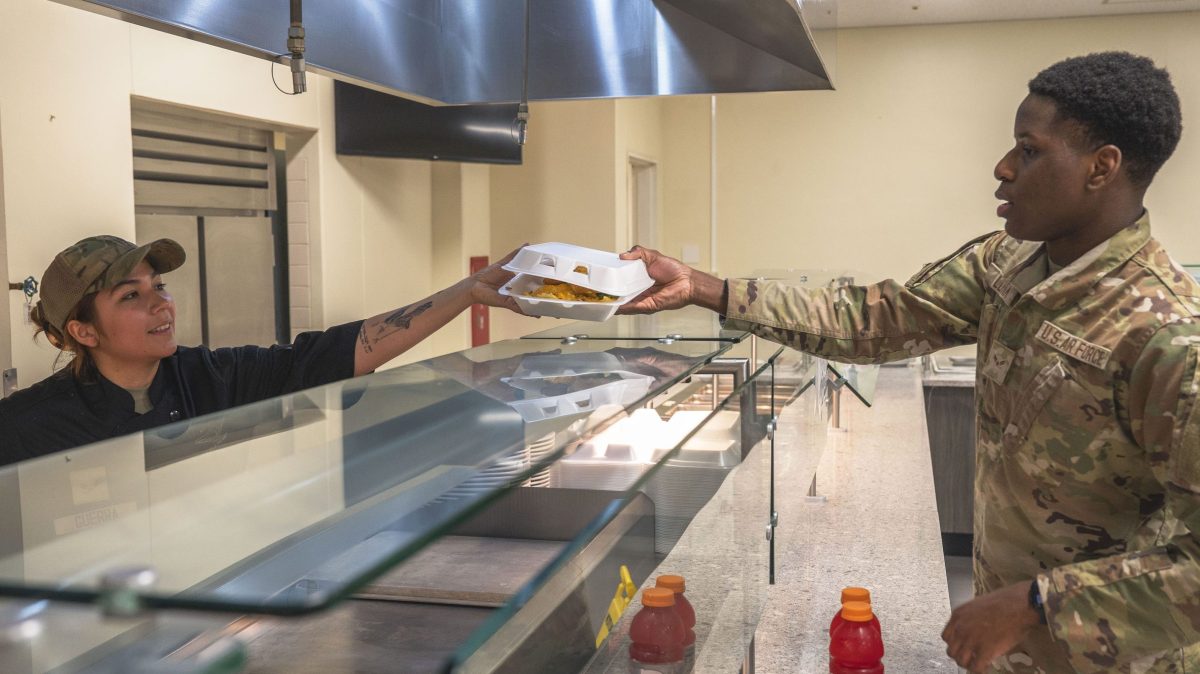






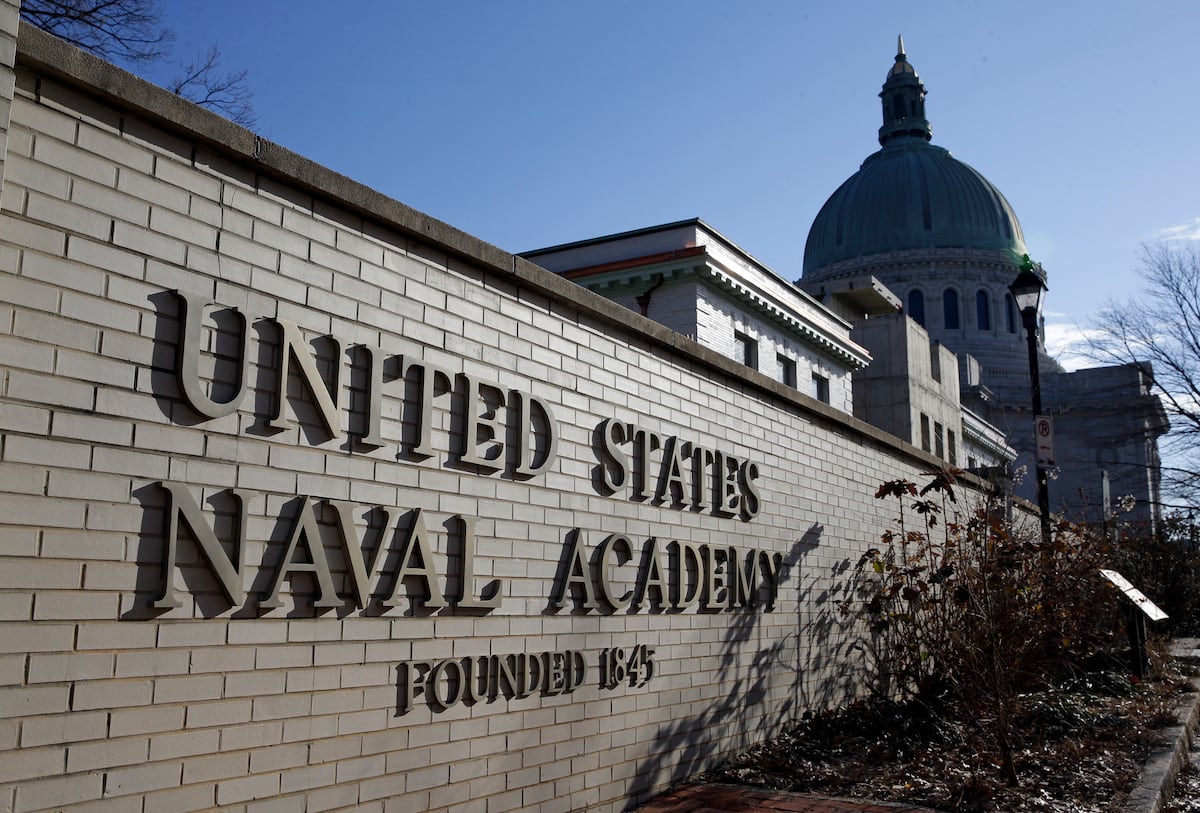












.jpeg)












 English (US) ·
English (US) ·